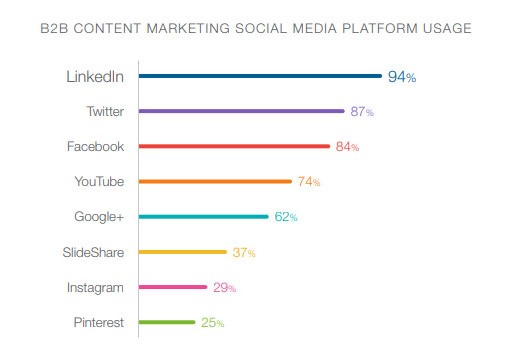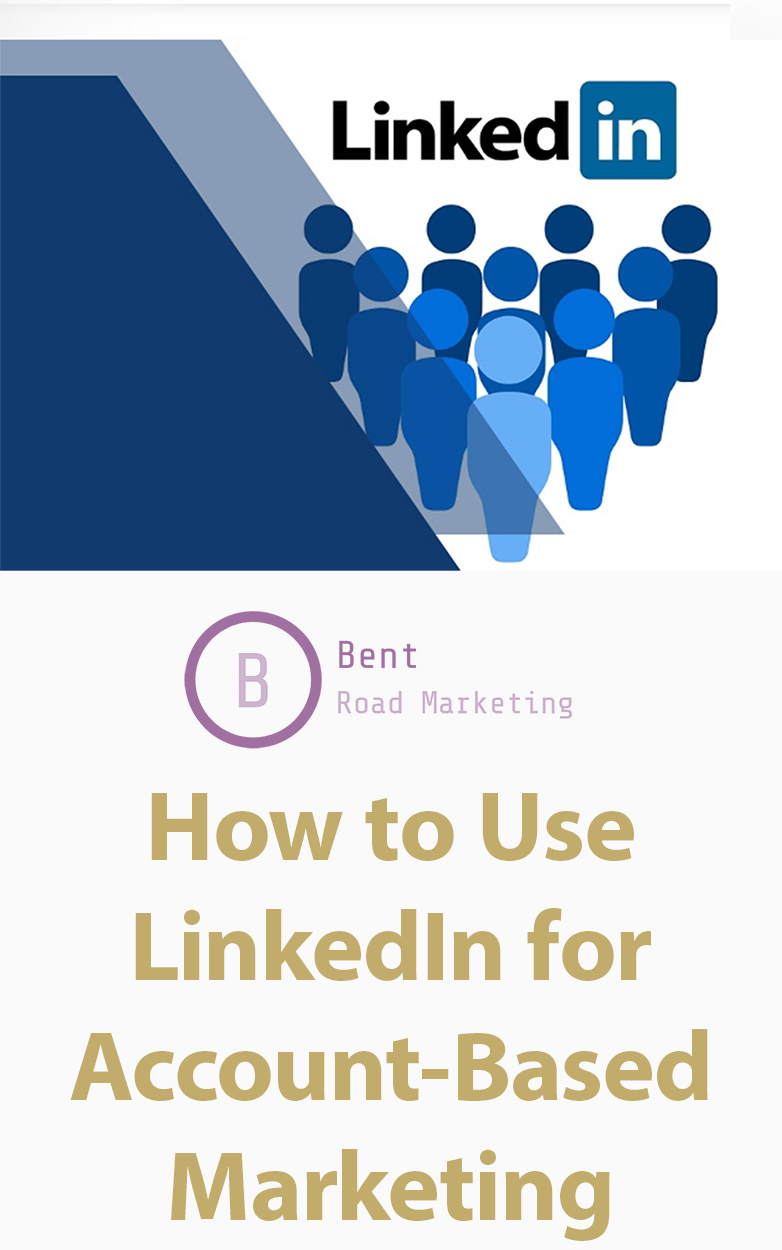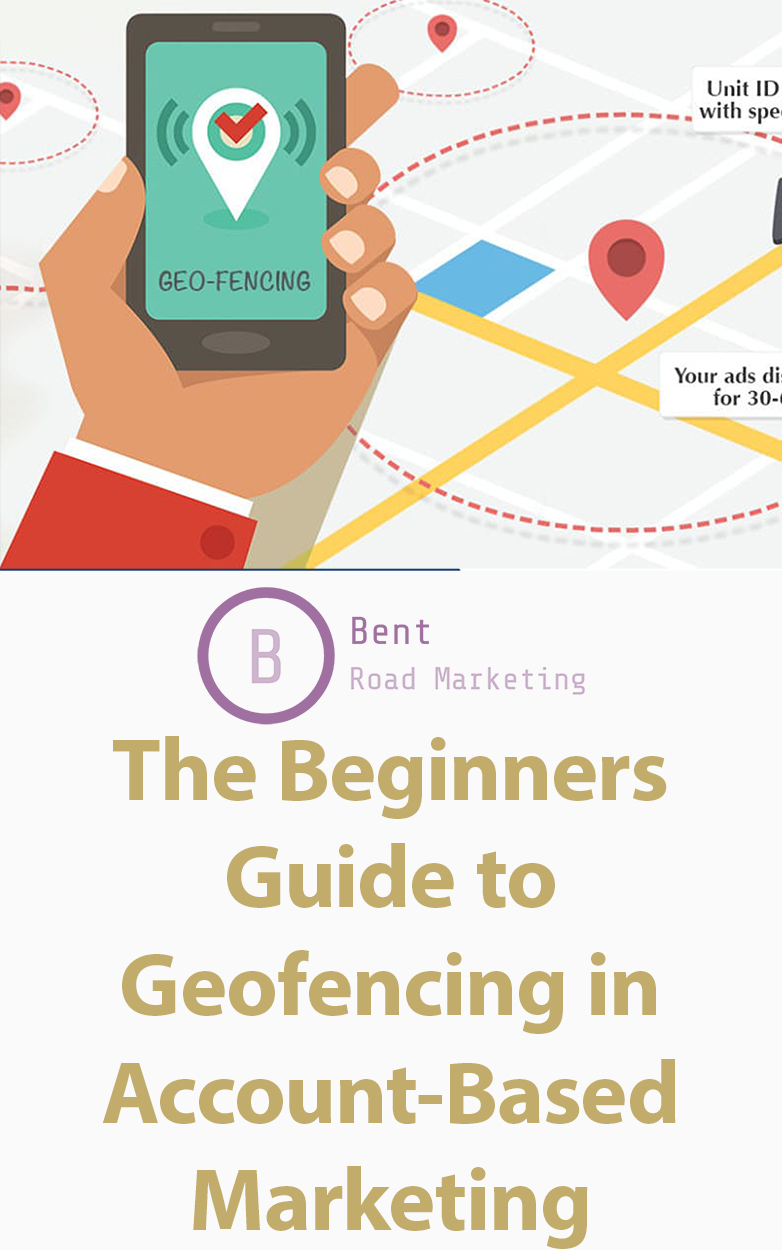Six Steps to Successful Account-Based Marketing
A guide for manufacturers who supply medical OEMs
The challenge of growing your ROI with medical device and equipment OEMs
If you sell to a medical device or medical equipment OEMs, then you know that your pool of prospective customers is finite. Which makes your goal of increasing revenue year over year a challenge. After all, there are only so many doors you can knock on to increase sales, and you’ve likely knocked on all of them by now.
But have you considered that one of the most promising sources of new business is your existing customers? When you tap into existing relationships, go deeper and broader into your customers’ organizations, your cost per lead drops dramatically. And your ROI increases just as dramatically.
According to Marketing Metrics: The Definitive Guide to Measuring Marketing Performance, your likelihood of selling to an existing customer is 60-70% while selling to a new prospect is only 5-20%. No wonder, then, that companies who sell to medical device and medical equipment OEMs are starting to focus on strengthening existing relationships, increasing loyalty, and selling more to current customers as their primary growth strategy.
The trick to increasing ROI from existing accounts is finding a cost-effective way to cross-sell and up-sell within those companies. And that’s where Account-based marketing comes into play.


Introducing Account-Based Marketing
Account-based marketing is a strategic approach to B2B marketing in which a company treats existing accounts (and prospect accounts) as a market of one. Account-based marketing is typically used by enterprise-level sales organizations. But it’s also gaining ground with small firms that sell to enterprise clients. Manufacturers who supply medical device and equipment OEMs, for example.
This is why, for those accounts that you want to broaden your manufacturing services to—new products, new divisions, new markets—you should consider deploying Account-based marketing. Account-based marketing is a laser-focused approach to B2B marketing in which sales and marketing collaborate to target the most promising accounts. They turn these accounts into customers, and then, over time, work horizontally and vertically within those accounts to land new business.
In essence, account-based marketing turns the traditional marketing funnel upside-down. You start with one prospect at the top of the funnel and move down the funnel to uncover more opportunities within that account.
This guide describes six steps you must take to make account-based marketing work for your company.
According to the 2018 State of Account-Based Marketing, account-based marketing is being used for:
Cross-selling within existing accounts
Pipeline acceleration
Up-selling within existing accounts
Revenue generation
Lead generation
Sales & marketing alignment
Step 1. Select Your Most-Promising Accounts
Strategic alignment
Revenue potential
Profit potential
Trust
How to Select the Right Accounts for Your Account-Based Marketing Program
Step 2. Uncover Opportunities for Growth
Discover your customer’s agenda
Discover your value
Take the initiative
7 Steps to Account-Based Marketing for Upsell and Cross-Sell Revenue
Step 3. Create Relevant and Personalized Messages
Start by mapping what a typical buyer journey looks like. Document the steps that a typical prospect takes when buying the product or service that you offer. Buyer journeys usually start with Awareness—the buyer realizing they have a problem. They then move to Consideration—they search for solutions to that problem. As they search, they create a shortlist of companies that can help them solve their problems. Their final stage is Decision—they pick a vendor, trial the product, negotiate prices and terms, and sign a contract.
At each stage of the buyer journey, each person on the buying committee has unique questions they want answered, unique concerns they want addressed. Your job is to create helpful, educational content that is mapped to the account’s buying cycle in general and the needs of each member of the buying committee in particular.


Account-based thought leadership
The key to penetrating high-value accounts is relevance. When your blog posts, articles, white papers, case studies, emails and other marketing assets speak to the needs, questions and concerns of your potential buyers, you establish credibility, build trust—and establish thought leadership.
Here’s how to be the thought leader your prospects trust:
Meet your readers where they are
Establish your authority
Get by giving
Use Personalization to Boost Your Success in Account-Based Marketing
Step 4. Choose Your Channels
The secret to catching fish is to fish where the fish are. You can have the best boat, the best rod and reel, the best bait and even the best technique, but you’ll return to shore empty-handed unless you drop your hook in the water where the fish are.
This holds true for account-based marketing as well. You must meet your prospects where they congregate. Your must communicate with them using the channels they prefer. According to research conducted by HubSpot, the top channels that drive leads and revenue for US-based B2B marketers are, in order: email, organic search, social media, paid search and display advertising.


Your prospects also hang out in many places offline. To reach your potential customers, consider:
Trade shows
- Medical Design & Manufacturing West and East
- The Digital Medicine and MedTech Showcase
- World Medical Innovation Forum
- International Medical Instruments and Equipment Exhibition
Trade publications
- Today’s Medical Developments: www.todaysmedicaldevelopments.com
- Assembly Magazine: www.assemblymag.com (features a medical device manufacturing edition each year)
- Medical Device News Magazine: www.infomeddnews.com
- Medical Design Briefs
- ODT Magazine
- Medical Product News
Websites
- Medical Device and Diagnostics Industry: www.mddionline.com
- Medical Design Technology: www.mdtmag.com
- Medgadget: www.medgadget.com
- QMED: www.directory.qmed.com
How to Use LinkedIn for Account-Based Marketing
Step 5. Run Targeted & Coordinated Campaigns
Once you know which accounts you are targeting, who at those accounts you are wanting to reach, the message you have for each prospect at each stage in the buyer journey, and the channels you are going to use to reach them, you are ready to launch a targeted and coordinated campaign.
By “targeted,” we naturally mean a campaign that is targeted at the needs, concerns and questions of each account and each stakeholder in each account. And by “coordinated,” we mean a campaign that involves sales and marketing. With account-based marketing, silos are out, cooperation is in. Everyone works from the same playbook and sings from the same hymnbook.
In practical terms, this means that a coordinated campaign involves your sales and marketing teams deciding who should approach each person at each account. One of your salespeople, for example, may be a member of Medical Device Opportunity, the LinkedIn Group (176,000 members) that one of your prospects is also a member of, making this salesperson the ideal person to reach out to that prospect through LinkedIn.
Another prospect may have visited your blog and left a comment. The best person to reach out to that prospect may be the author of the blog post.
They key to success is to have the right person at your company communicate with the right person at the target account at the right time using the right channel and with the right message. Hard to do, but not impossible. A good CRM and a coordinated campaign improves your chances of success.
The Beginners Guide to Geofencing in Account-Based Marketing
Step 6. Measure, Learn, Optimize
Here are some of the key things you need to measure.
Web traffic by account
Use reverse IP lookup tools to create a list of IP addresses for your target accounts. Then measure the volume of traffic and domain visits your website receives from these target accounts. Increases in website visits from target accounts indicates that your account-based campaigns are working.
Target account engagement
Target account engagement tells you the percentage of stakeholders at a target account who are engaging with your marketing. Your target account engagement number helps you understand where your account-based marketing efforts are yielding returns—and where you need to try different messages or channels.
MQA and SQA Opportunities
With account-based marketing, you treat one account as a market of one. That means you treat the account in some of the same ways that you treat individual leads. As you know, some leads are marketing qualified and some leads are sales qualified. Marketing Qualified Leads (MQLs) are ready to hear from marketing. Sales Qualified Leads (SQLs) are ready to talk with a salesperson.
You need to think of your target accounts in this same way. Some accounts are Marketing Qualified Accounts. Some accounts are Sales Qualified Accounts. And some accounts are neither, just as some leads are neither. Looking at your accounts as a market of one helps you avoid the mistake of believing that an account is marketing ready or sales ready just because an individual at the account is a Marketing Qualified Lead or a Sales Qualified Lead.
Once you get a handle on your numbers, you are ready to improve your account-based marketing strategy and campaigns. Once you understand which channels work and which ones don’t, once you can prove which messages and content formats generate results, and which ones don’t, you are ready to optimize your program.
Conclusion
With complex propositions, long sales cycles and large customers, medical device and medical equipment OEMs are ideal candidates for account-based marketing. Many suppliers in this space have realized that the revenues of some of their potential customers exceed the GDP of some states. They are changing their marketing tactics accordingly.



